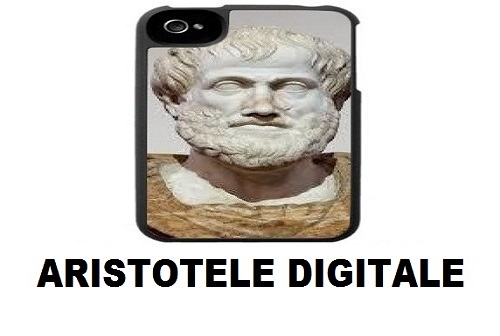I am wondering, in the system’s current crisis between the transition to the digital mode of production and the emergence of a pandemic spread that leaves us all in dismay – knowing that there is no cause-affect link between the two -about what is happening in the categories of the political, that is of what allows us in some way to be together. I promised myself to list them week after week and to look for forms, logic, and dynamics.
The sacred, the first category of the political
I have identified the first category: the sacred. Unexpected but crucial: there is no society without a sacrificial victim even if it makes no sense to kill someone to ensure that the others are together. If you want to learn more, read Sigmund Freud‘s Totem and Taboo or Rene Girard‘s Violence and the Sacred. Here a question arose: the sacred is not resolved in religion, even if it informs it. Indeed, there is a religion, perhaps the only one, which, with scandal within scandal, fights the sacred: Christianity.
Here is the issue: instead of introjecting the sacred with all its memorial repetitiveness, with all its irrationality and violence, with its need for the sacrificial victim, Christianity tries not to deny the sacred, because it knows that it is powerful and that it will never fail to return, but desperately tries to suspend it, hold it back, and fight it. Christianity does so with the agnus dei, sacrificing the son of God on the cross. It is the divine who offers itself as a sacrificial victim so that the sacred does not continue with its terrible pretensions.
Sacred, symbols and power
Thereafter, there will be no need for any victim, even if the original act must be remembered, ritually reproduced every day, under penalty of the “terrible” return of the sacred. The child of God must therefore be eaten symbolically but also symbiotically: this is my flesh; this is my blood. What is previous becomes posthumous; what is unsolved in the totally other becomes body, substance, energy, life, here and now. What is re-assumed, over and over again, is no longer the flesh and blood of the victim, but its symbolic representation.
What is the outcome of this amazing move; of this radical scandal? The sacred is weakened, held in check: it is the katèkon. The sacred and its original violence is no longer the totality of the world even if it is of this world. The terrible can be fought, held back,and postponed: there is a shield, a mirror, to be offered to the gorgon’s gaze so as not to be petrified.
Power, the primary object of politics, will no longer be in the hand ofone, but two and perhaps it can be many. We can then say: “Give to Caesar what belongs to Caesar and to God what belongs to God.”What about then and now – here in the digital world – of the power of one and the other? See you next week.
You can also read the previous articles:








